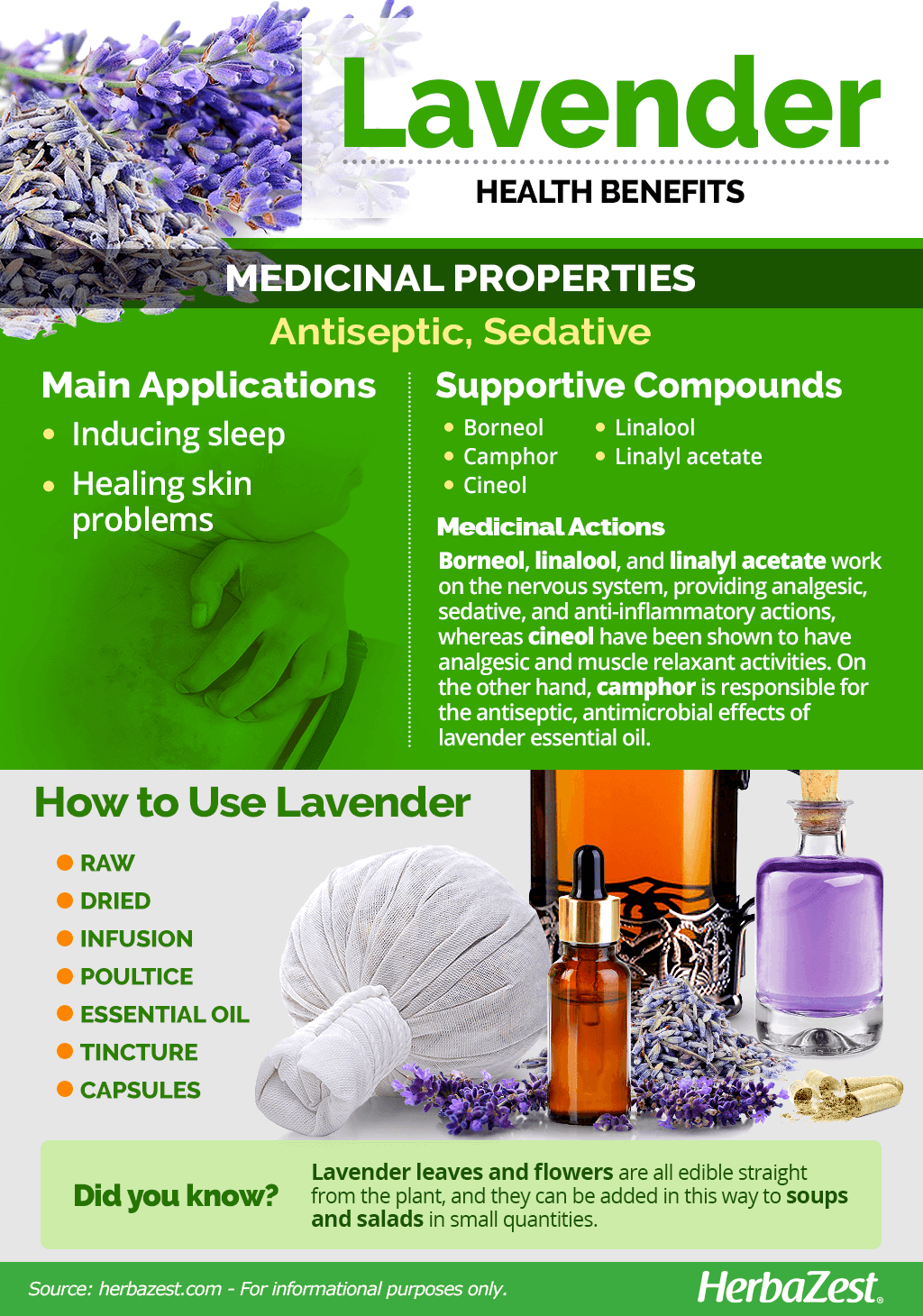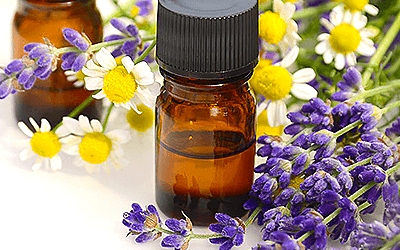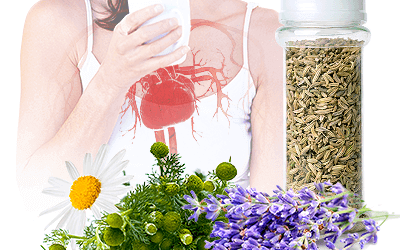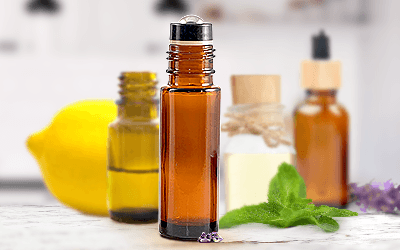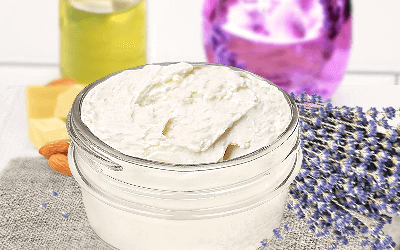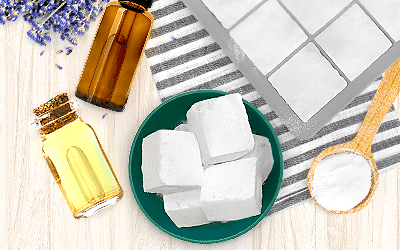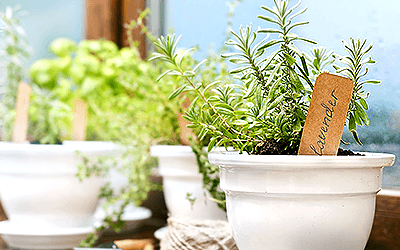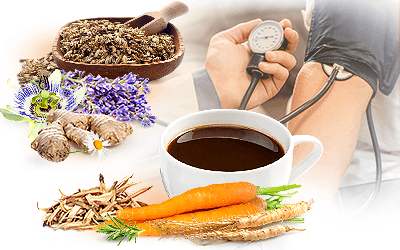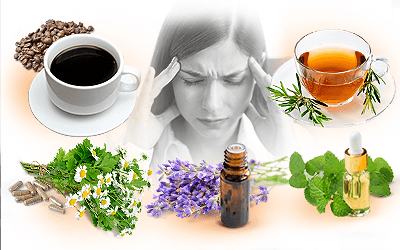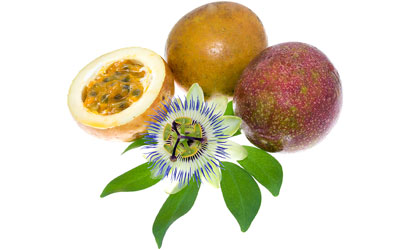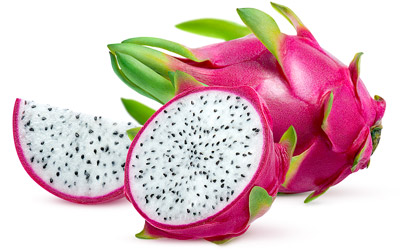Its soothing scent is a favorite of millions, but lavender, also known as English lavender, can offer much more than just a pleasant aroma. Its medicinal properties have been revered since ancient times, and the herb has been even used as a food seasoning. Classically beloved, lavender boasts a long history of applications.
Lavender Medicinal Properties
- Medicinal action Antiseptic, Sedative
- Key constituents Cineole, camphor, borneol, linalool, and linalyl acetate
- Ways to use Capsules, Hot infusions/tisanes, Tincture, Essential oil, Dried
- Medicinal rating (3) Reasonably useful plant
- Safety ranking Use with caution
Health Benefits of Lavender
The majority of lavender benefits derives from the volatile oils found in the petals of its flowers, which, when distilled into lavender essential oil, are considered an important first aid remedy thanks to their antiseptic, analgesic, and sedative effects.
Traditionally, lavender benefits have found the a variety of medicinal uses, mainly:
Inducing sleep. Lavender properties include mild sedative effects, which help relieve stress, inducing relaxation and sleep.
Healing skin problems. Lavender have been traditionally used to sanitize superficial wounds, burns, and scraps as well as for treating acne, eczema and other skin problems.
Other well-known lavender benefits include:
Soothing headaches. Due to its sedative properties, lavender can help alleviate tension headaches when inhaled or rubbed into the skin.
Relieving digestive symptoms. The medicinal properties of lavender include analgesic and anti-inflammatory actions, which can be useful for soothing minor digestive complains.
How It Works
The major constituents of lavender essential oil are cineole, camphor, borneol, linalool and linalyl acetate, all of which work together in order to provide lavender benefits.
Cineol have been shown to have analgesic and muscle relaxant activities, which inhibit periferal neurons' stimuli, whereas camphor is responsible for the antiseptic, antimicrobial effects of lavender. On the other hand borneol's interaction with gamma-aminobutyric acid (GABA), a neurotransmitter that regulates fear and anxiety responses, along with the influence of linalool and linalyl acetate over the nervous system, explains the analgesic, sedative, and anti-inflammatory actions of lavender essential oil when topically applied or inhaled.
Furthermore, an increasing number of studies are suggesting that lavender essential oil may be useful in treatment of several neurological disorders.
LAVENDER ESSENTIAL OIL CONCENTRATES THE MEDICINAL PROPERTIES OF THE HERB.
Antibacterial, antiseptic properties are also present in herbs like coconut, calendula, and eucalyptus, whereas chamomile, lemon balm, and lemongrass also provide mild sedative effects that induce sleep.
Lavender Side Effects
Potential side effects of the oral use of lavender include headaches, constipation, and changes in appetite. The topical use of lavender essential oil has been linked to allergic reactions, such as dermatitis or skin irritation. Inhalation of lavender may also cause chills, headache, and vomiting.
Lavender Cautions
Lavender should not be used by children or women who are pregnant or breastfeeding, as lavender oil may affect hormonal balance in male babies and young boys.
Lavender essential oil should not be taken orally, and can cause skin irritation if not properly diluted before application. Lavender active compounds may increase the effects of painkillers or sedative medications on the central nervous system.
Since linalyl and linalool are potentially toxic, large amounts of lavender essential oil can cause poisoning.
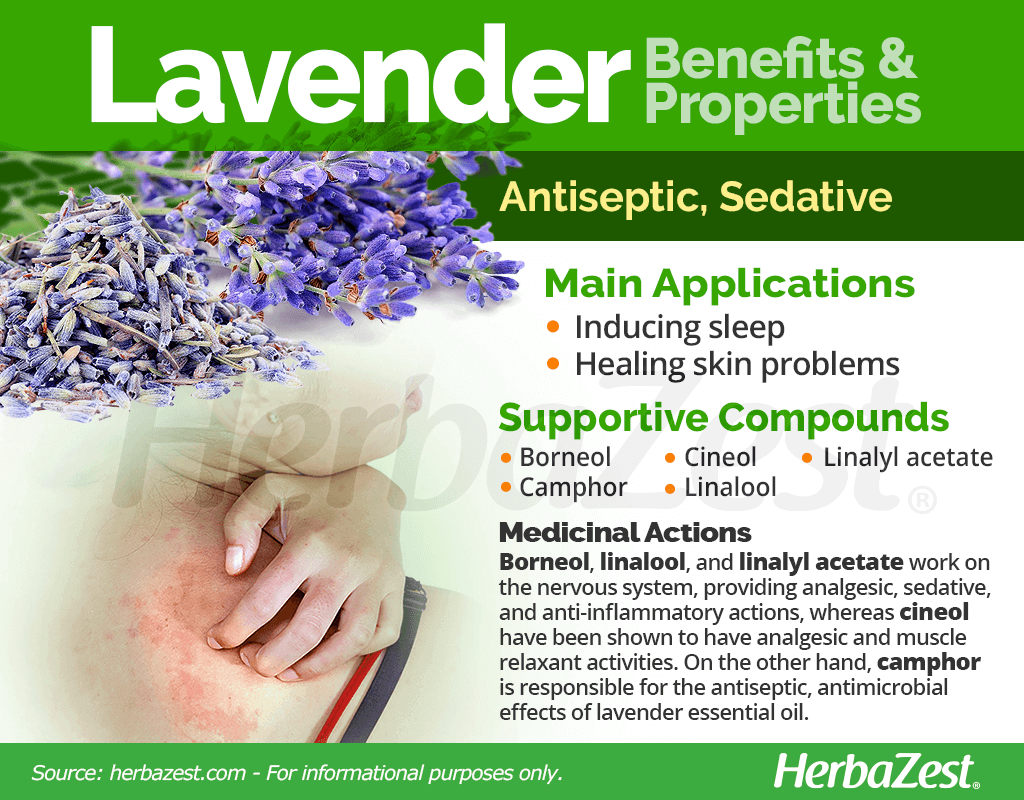
How to Consume Lavender
- Edible parts Flowers, Leaves
- Edible uses Flavoring
- Taste Aromatic
Lavender flowers are the part of the plant used therapeutically thanks of their concentration of volatile oils. The plant has also culinary uses (mainly in its native Mediterranean region); lavender leaves, petals, and flower tips are all edible straight from the plant, and they can be added in this way to soups and salads in small quantities. Lavender is also used in beverages, baked goods, and even entrees, but the best way to reap its therapeutic benefits is using it fresh or dried in herbal preparations.
Natural Forms
Infusion. The fresh or dried upper parts of lavender are often mixed with other herbs and prepared into a warm infusion to promote relaxation and induce sleep.
- Poultice. The freshly crushed or dried aerial parts of lavender can be soaked in hot water, wrapped in a gauze and applied on the base of the neck, in order to help relieve muscle tension and headaches.
Herbal Remedies & Supplements
Tincture. Few drops of this alcohol-based preparation into a glass of water can soothe the nerves and help with tension headaches.
Essential oil. Lavender essential oil can be diffused for a relaxing effect. It can also be diluted with a carrier oil and rubbed on the temples to relieve headaches. Lavender essential oil should never be applied directly or ingested.
Capsules. For a consistent dosage of the plant's active compounds the dried components of lavender can be taken in capsules.
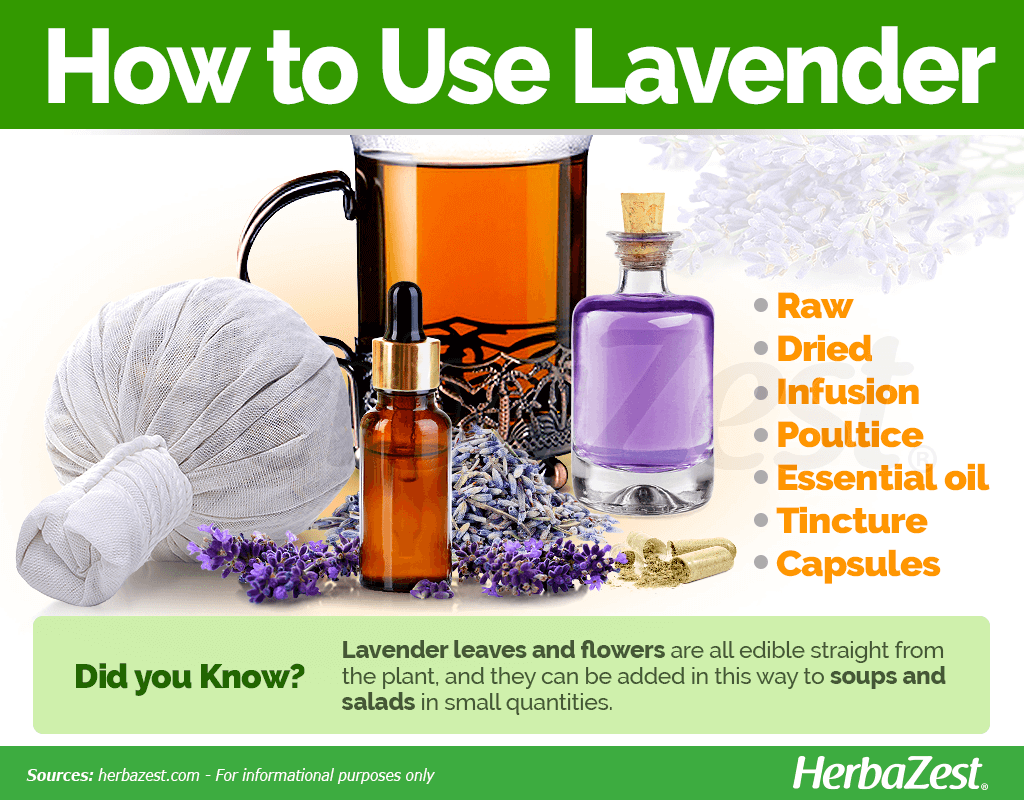
Buying
- Where to buy Farmers' markets, Specialized health stores, Online herb stores
Natural Forms
Full-sized lavender plants are available during spring and summer in many garden stores and nurseries in temperate climates. Dried flowers are also widely available in health food stores, and lavender teabags are popular enough to be carried by most grocery stores and supermarkets. Lavender honey is also generally available in similar locations, as well as through online retailers.
Herbal Remedies & Supplements
Herbal supplements that use lavender exist for internal and external use: tinctures and capsules are meant the former, while essential oils and massage oils are strictly for the latter. These can be found in specialized health stores and through several online retailers.
Growing
- Life cycle Perennial
- Harvested parts Flowers, Leaves
- Light requirements Full sun
- Soil Light (sandy), Loamy sand, Well-drained
- Soil pH 7.4 – 7.8 (Slightly alkaline)
- Growing habitat Temperate climates
- Planting time Right after last frost
- Plant spacing average 0.3 m (0.98 ft)
The lavender plant (Lavandula angustifolia, formely known as Lavandula officinalis) is a hardy, small bush that likes temperate climates and is very easy to take care of. Its pretty flowers have also a soothing, aromatic scent, which is why they are often used in herbal essences and potpourris.
Growing Guidelines
Lavender seeds are best sown in the spring well after the last frost of the season to allow for one to three months of germination at temperatures reaching 59°F (15°C).
The lavender plant prefers light, dry, poor to moderately fertile soil, with a slight alkalinity and full sun exposure, but it can also be grown indoors, in a spot with plenty of natural light.
If growing it outdoors, the lavender bush must be placed in a sunny spot, in cultivar hedges with a spacing of one to three feet (30 - 100 cm) between plants.
While the lavender bush is drought and wind tolerant, plants should generally be replaced every 10 years due to wear and tear.
Pruning the flower stalks in spring months will encourage lavender plant's growth.
Detailed information about growing lavender can be found in the herb garden section.
Additional Information
- Other uses Cosmetics, Cleaning, Disinfectant, Perfume, Repellent, Soapmaking
Plant Biology
A lavender bush can reach approximately three feet (1 m) tall and grow almost as wide. All lavender varieties are comprised of many spikes of opposite foliage that end in violet to blue flowers. Fresh or dried, the blooms are the most coveted part of the lavender plant, harvested for their high concentration of volatile oils and other nutrients.
Classification
Lavender (Lavandula angustifolia, formerly known as Lavandula officinalis) belongs to the Lamiaceae family, and it is thus linked to over 7,200 species of primarily aromatic herbs, including basil (Ocimum basilicum), rosemary (Rosmarinus officinalis), sage (Salvia officinalis), thyme (Thymus vulgaris), and oregano (Origanum vulgare).
Varieties and Subspecies of Lavender
Due to its incredible popularity as an aromatic herb, there are several different cultivars of lavender, but there are only two true subspecies: Lavandula angustifolia angustifolia, coming from the northeastern part of the Iberian Peninsula near the Pyrenees, and Lavandula angustifolia pyrenaica, which is native to southeast France and some parts of Italy.
The cultivars of English lavender (Lavandula angustifolia), considered as the true lavender, are chosen mainly for their tolerance to frost, their fragrance, and the color of their flowers. Among the most popular are:
'Hidcore': compact shrub, with gray-silver leaves and dark purple flowers.
'Munstead': compact shrub, with green foliage and bluish flowers.
'Twickel Purple': with elongated spikes and fragrant flowers, dark purple.
'Mini Blue': compact and ideal for planters.
The name of lavender comes from the Latin lavare (to wash), which refers to its traditional uses: disinfecting wounds and aromatizing bathtubs.
Historical Information
Hailing from the rocky, temperate coasts of the western Mediterranean, lavender was domesticated over 2,500 years ago, where it spread first from Egypt northward to Greece and Rome. Lavender was also the preferred scent of kings for centuries, reaching England in the 1600s and becoming an integral part of British and colonial culture soon afterwards.
In Medieval times, lavender was commonly used to scent clothing to the extent where washerwomen became known as "lavenders."
Popular Beliefs
Early Christians infused the flower with great religious meaning, and it remained a symbol of holy love for millennia.
Economic Data
In recent years, lavender production has become a multimillion-dollar industry, important for the flower itself but also for its valuable essential oil. France is currently the largest producer of lavender, due to its large plants; however, the lavender essential oil industry is led by Bulgaria, which produces about 220 tons per year, followed by France, England and Russia. True lavender is largely cultivated in Europe alone, though other similar species are found in North America, Asia, and Australia.
Other Uses of Lavender
Gardening. Its pretty flowers and easy maintenance make of lavender a great ornamental plant for both indoors and outdoors.
Cosmetics. Since classical times, lavender has been one of the most popular perfumes in the Western world, and it continues to hold sway today in the cosmetic industry, where it is a popular ingredient in soaps, creams, lotions and other personal care products.
Aromatherapy. Lavender has been traditionally used in incense sticks and essential oils for relaxation.
Cleaning. Lavender antimicrobial, antiseptic properties have found household uses as a disinfectant.
Sources
- Government of South Africa, Essential Oil Crops: Production Guidelines for Lavender
- Molecules, Essential Oils and Their Constituents Targeting the GABAergic System and Sodium Channels as Treatment of Neurological Diseases, 2018
- USDA Plants Database, Lavandula angustifolia
- Encyclopedia of Herbal Medicine
- MedlinePlus Herbs and Supplements, Lavender
- NCCAM Herbs at a Glance, Lavender
- Rosemary Gladstar's Herbal Recipes for Vibrant Health
- University of Maryland Medical Center, Lavender
- Evidence-based Complementary and Alternative Medicine, Lavender and the Nervous System, 2013 | Effect of Lavender (Lavandula angustifolia) Essential Oil on Acute Inflammatory Response, 2018
